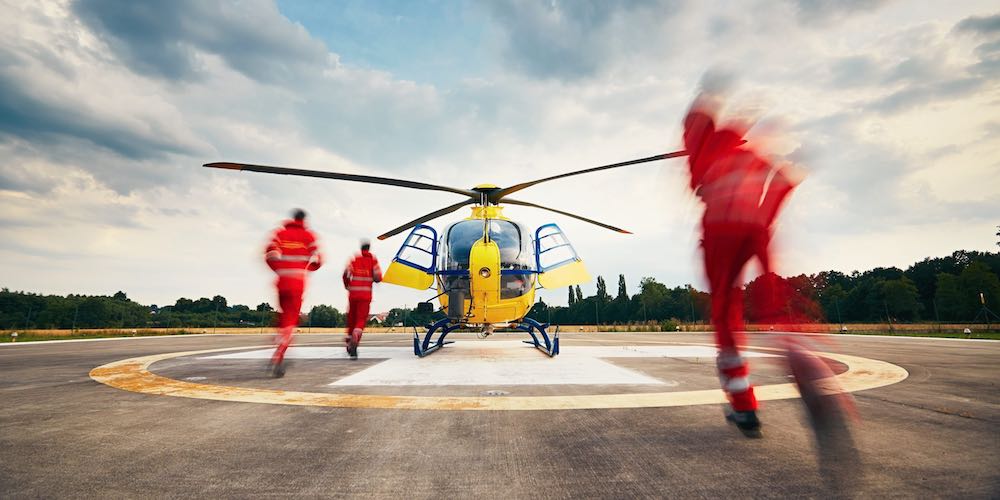In a significant boost for developing Australia’s space economy, NASA Goddard Space Flight Centre (GSFC) has announced a collaboration with SmartSatCRC to advance distress-related communications and navigation technology benefitting the U.S. and Australia.
The cooperation with NASA, announced by GSFC deputy director for research and technology investments Christyl Johnson, will help to build Australia’s Space industry by developing leading edge technology and expertise with the partners involved in the SmartSat project. These include University of South Australia, Safety from Space, Myriota, Black Art Technologies, Flinders University, and the Australian Maritime Safety Authority.
The NASA’s Search and Rescue office is led by mission manager Lisa Mazzuca, who attended the Australian Space Forum in Adelaide with Christyl Johnson in February this year, when initial concepts of the projects were discussed.
“This collaboration is part of a more systematic and broader activity between NASA GSFC and SmartSat CRC and opens the door to a lot of possibilities for the Australian space community,” says SmartSat CEO and managing director Professor Andy Koronios.
“We are delighted to be partnering with Goddard’s Search and Rescue office, joining their push towards the Moon and beyond.”
Specifically, the SmartSat research team, led by Safety from Space’s Co-Founder Dr Mark Rice, will propose new designs for the waveform of the 406 MHz signal sent by beacons through the CospasSarsat network.
“These new designs will further modernize second-generation beacons, taking advantage of encoding techniques not available when the Cospas-Sarsat network was developed in the 1970s, says Dr Rice.
“This will enable possibilities for new initiatives for users, emergency management professionals and first responders. “

Future phases of the SmartSat collaboration could support exploration initiatives like the Artemis missions, which will return humans to the Moon for the first time since Apollo. NASA will equip Artemis astronauts with second-generation beacons for use in the event of egress from capsule after splashdown or a launch abort scenario. The Search and Rescue team is working to extend beacon services to the lunar surface with the LunaNet communications and navigation architecture.






















